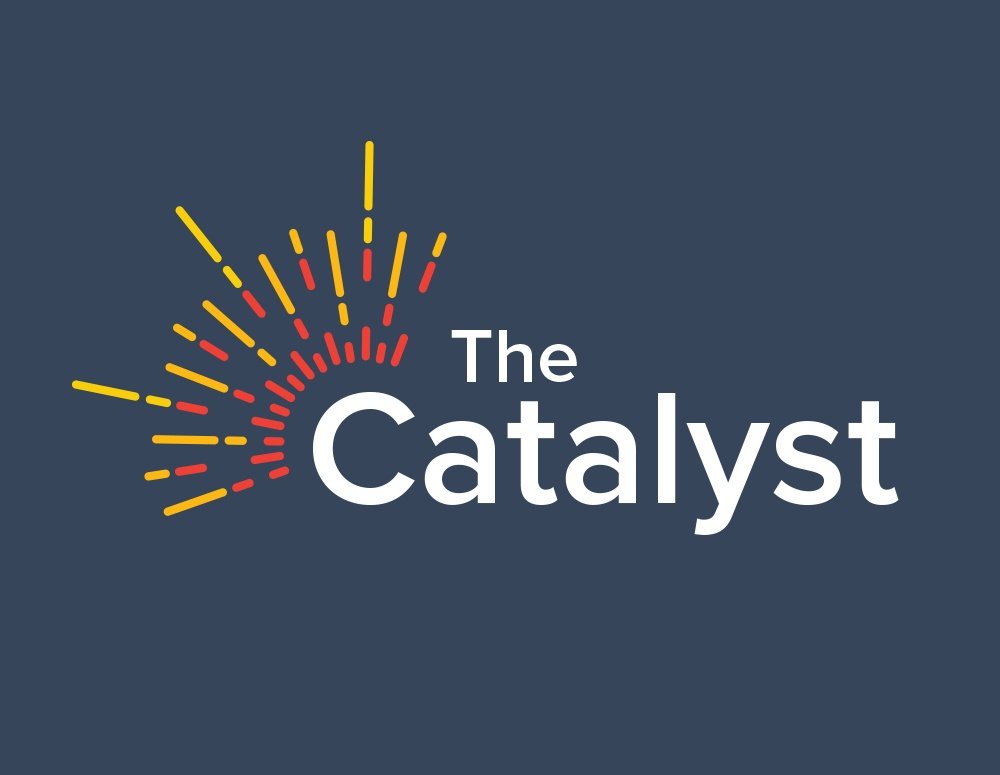Another Medicare open enrollment period begins today, Wednesday, October 15, and runs through Sunday, December 7. During open enrollment seniors and individuals with disabilities can evaluate their Medicare plan choices to make sure they’re still right for them, compare options and make changes for the new year. One thing beneficiaries evaluate during open enrollment is their prescription drug coverage. Here are five things you might not know about Medicare Part D:
- Satisfaction among Part D beneficiaries remains high. Surveys and studies have found about 90 percent or more of beneficiaries are satisfied with their Medicare Part D coverage.
- Part D is the rare government program that has come in under budget. According to Congressional Budget Office (CBO) figures, total Part D costs are $349 billion less than initial 10-year projections. In 2014, CBO reduced its forward-looking 10-year Part D cost projections by $56 billion.
- 2015 Part D premiums remain steady for patients. Despite claims that new treatments would drive up premium costs, the Centers for Medicare and Medicaid Services announced projected average monthly Part D premiums will be $32 in 2015, just a $1 more than in 2014. 2015 premiums are about half of original projections.
- Adherence to medicines helps keep costs down. Improved adherence to needed medicines can help control Medicare costs by reducing spending on other health care services. According to a 2014 National Bureau of Economic Research study, Medicare Part D coverage was tied to an 8 percent decrease in hospital admissions for seniors and approximately $1.5 billion in hospital-cost savings. Further, a recent study found improved medication adherence connected with the expansion of drug coverage under Part D led to a $2.6 billion reduction in medical expenditures annually among those diagnosed with congestive heart failure and without prior comprehensive drug coverage.
- Competition helps keeps access broad and costs down. Competition in Part D is critical to the program’s success. In order to keep premiums low for beneficiaries, competition incentivizes plans to develop ways to manage spending on prescription medicines including direct negotiation with manufacturers. The Medicare Trustees recognize that plans negotiating directly with pharmaceutical companies secure rebates, often as much as 20 or 30 percent. And a recent CBO analysis found between 2007 and 2010 lower bids were submitted in regions with more plan sponsors and more competition. Ultimately, competition is responsible for keeping program costs downs, keeping premiums low and attracting enrollees.
For more information on Medicare Open Enrollment visit Medicare’s Plan Finder at Medicare.gov/find-a-plan, Medicare Today’s Seniors Speak Out or your local Area Agency on Aging.



